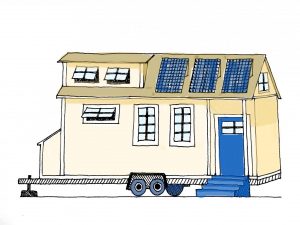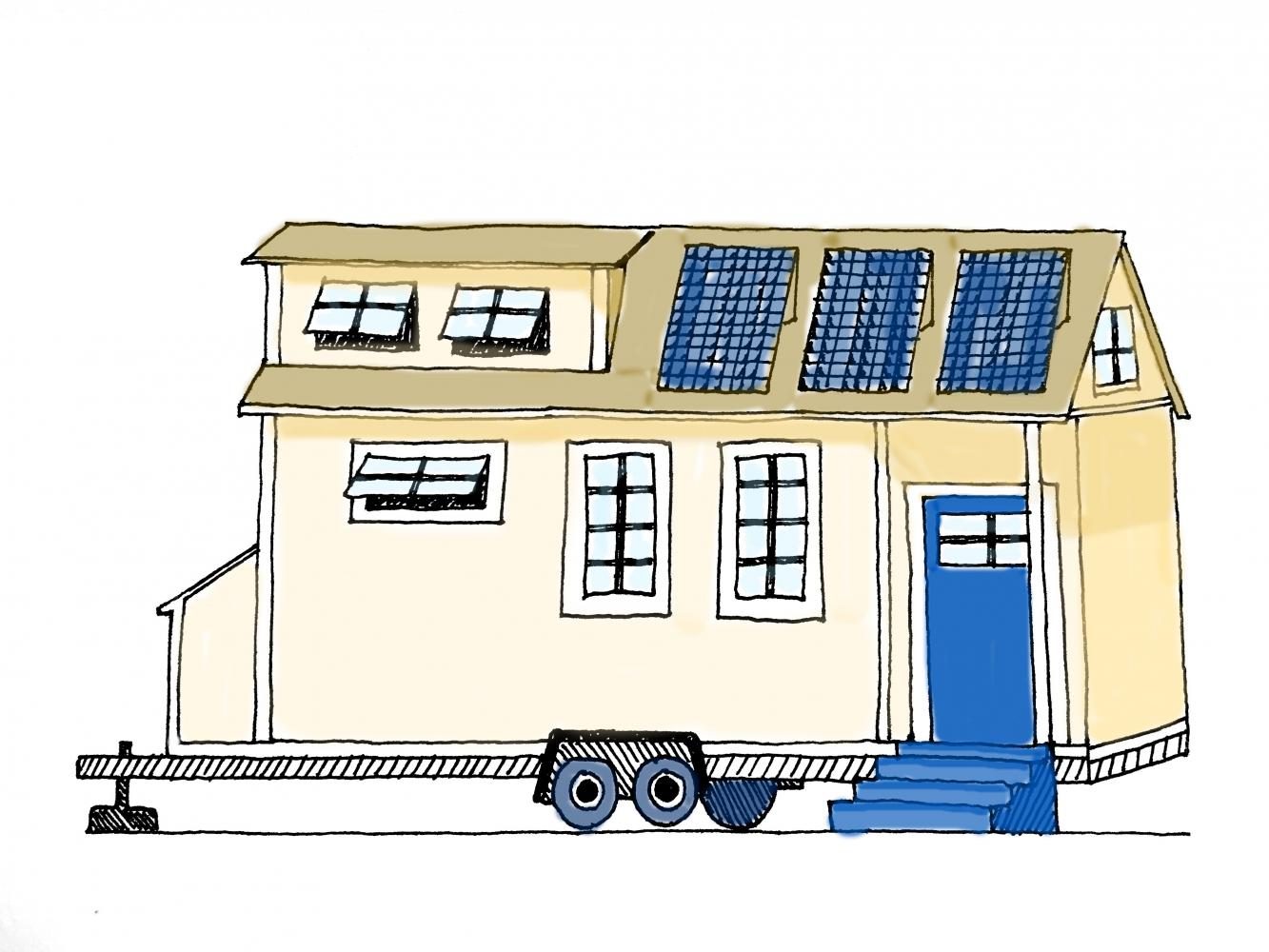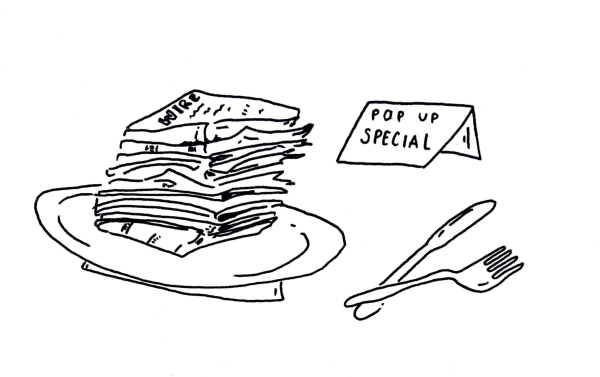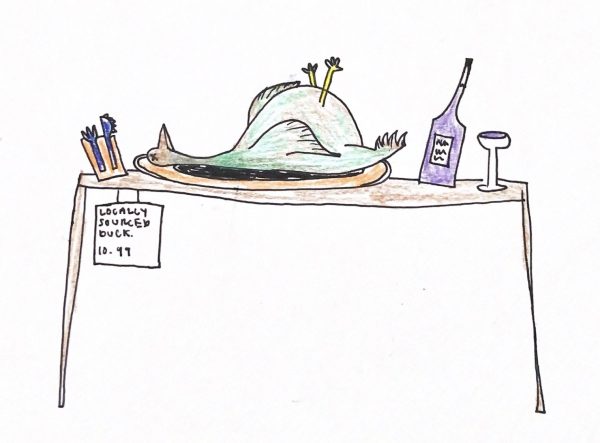Tiny houses – Students Work for Sustainability
A small group of students wants to build a tiny house on campus.
April 27, 2017

On April 8, a group of Whitman students attended the Tiny House Conference in Portland, and hope to build one on campus within the next two years.
Margo Heffron, Dani Schlenker and Caroline Ashford Aya received funding for the conference from the ASWC finance committee after convincing Senate that the experience would benefit the Whitman community as a whole. The group presented what they learned at the Undergraduate Conference, even though the Tiny House Conference was only two days before.
Heffron, a senior Environmental Studies-Economics major has been obsessed with tiny houses since last fall. Her section of the presentation focused on the sustainability of tiny houses. A tiny house is generally defined as a home under 400 square feet. The small size requires far less energy for heating and electricity and forces individuals to live minimally. Features such as composting toilets, rainwater catchments and solar panels can make the house completely off-grid.
Schlenker, a sophomore theater major, envisions using extra materials from the theater and art departments as sustainable building materials. While in favor of a tiny house on campus, Schlenker stressed how important it is to keep in mind some of the problems with the movement.
“I felt pretty aware of how white the whole conference was. It’s a very exclusive community,” Schlenker said. “I thought we would talk a lot more about how tiny houses could help people in the future, like with refugee housing, houses for the homeless or for people who can’t afford a larger home.”
Spencer Mueller, a senator on the ASWC finance committee, was skeptical at first about how beneficial it would be to send the group to the tiny house convention, and asked them to give the undergrad presentation so that what they learned came back to the Whitman community.
After realizing the Tiny House Conference was only a couple days before the Undergraduate Conference, Mueller offered to help. His presentation focused on the way tiny houses are portrayed in the media. Most of the TV shows and documentaries displayed owners who wanted to feel closer to nature and bought large plots of land for their tiny house.
“If everyone did this, there would be no land left,” Mueller said. “For someone who wants to encourage someone to live tiny, they need to be careful and deliberate about what they emphasize because ambiguity, especially around sustainability, can lead to mixed messages and the wrong messages becoming the most popular.”
Both Schlenker and Heffron would want the tiny house on campus to address some of the social justice issues surrounding tiny houses, and also be a space for students to experience what it would be like to live small.
“The coolest thing was to tour the houses and see what it would feel like to live tiny. That’s what a tiny house on campus could give to our community,” Heffron said. “Social sciences could exhibit projects in the space about the issues surrounding the movement. It’s not only a physical presence, but it could be an educational tool for students to present social justice issues around tiny houses.”
The space could also be used for Sustainability Coordinator Brandon Bishop’s office, an extra room for the Outhouse or as a place to hold Environmental Club meetings. Whatever it ends up becoming, a tiny house on campus would provide an educational space to discuss issues with the movement and experience one way to “live tiny.”










Hyangkwon • Apr 28, 2017 at 7:40 pm
Very good to try this tiny house for everyone.
Actually we do not need that big fpr 5000-6000sq house..love it..